Fifth international online seminar "Artificial Societies and Information Technologies"
On November 27, 2020, a meeting of the international online seminar "Artificial Societies and Information Technologies" was held, dedicated to the report of Doctor of Technical Sciences, Senior Researcher CEMI RAS, Sergei Parinov "Towards the construction of a realistic model of an artificial community".
Brief annotation.
We consider an artificial community formed by five main types of agents: "peasant", "worker", "intelligentsia", "dissident", "new generation". These types define the main occupation of agents. In general, all 5 types are present in the activity of an agent in certain proportions, and agents can change these proportions according to certain rules.
A sign that agents form a community is their joint activity within a certain system of division of labor. We will assume that initially the agents agreed (agreed) “who does what” within the framework of their joint activities and follow these agreements.
In order to be more realistic, it is necessary to accept that the joint activity of agents is carried out in a living environment that has a stochastic nature, and unpredictable changes can also occur in the state of agents.
If random events occur in the community (in the state of agents) and / or in the environment of the community, then the agents must reconcile their activities so that it takes into account the changes that have occurred. Since such random changes occur in time with some intensity, a realistic model of an artificial community should have a mechanism for bringing the joint activity of agents into a consistent (coordinated) state in response to the ongoing stochastic changes.
The report discusses what a complete set of types of joint activities of agents should be coordinated in a realistic artificial community, and what is the general theoretical model of the methods / mechanism for coordinating the activities of agents.
The study of the mechanisms for coordinating the joint activities of agents, as part of the model of an artificial community, is an extremely promising task. This will allow developing measures to improve the efficiency of existing coordination mechanisms based on modern computer technologies and, thus, increase the scale and accuracy of coordination of activities in the economy, which promises a significant positive socio-economic effect. In addition, mechanisms for coordinating activities for large groups of people are supported by existing formal and informal norms and rules (social institutions), which are very conservative entities. But social institutions are also the result of the work of specific mechanisms for coordinating the activities of people. If they are implemented in a more effective form, then this will open up completely new opportunities for society for development and renewal.




 YouTube
YouTube Requisites
Requisites